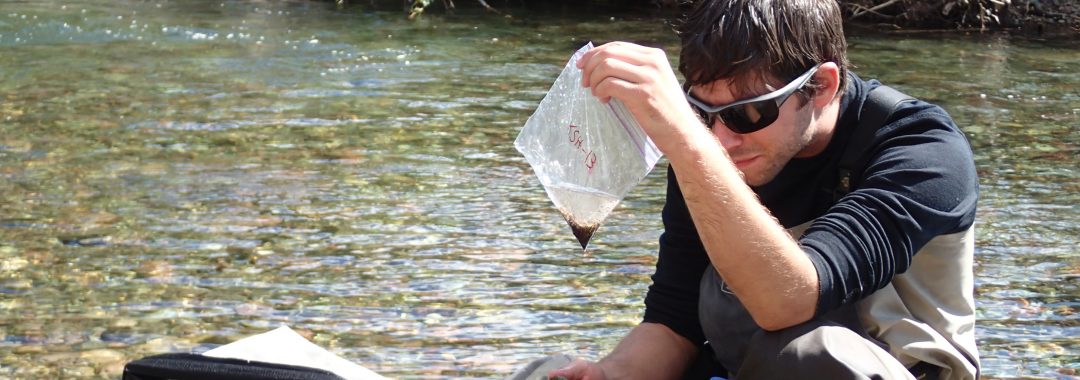Abstract:
Functional diversity indices have become important tools for measuring variation in species characteristics that are relevant for ecosystem services. A frequently used dendrogram-based method for measuring functional diversity, ‘FD’, was shown to be sensitive to methodological choices in its calculation, and consensus methods have been suggested as an improvement. The objective of this study was to determine whether consensus methods can be used to reduce sensitivity when measuring FD. To calculate FD, a distance measure and a clustering method must be chosen. Using data from three natural communities, this study demonstrates that consensus methods were unable to resolve even simple choices of distance measure (Euclidean and cosine) and clustering method (UPGMA, complete and single linkage). Overall, there was low consensus, ranging from 41–45%, across choices inherent in functional diversity. Further, regardless of how FD was measured, or how many species were removed from the community, FD closely mirrored species richness. Future research on the impact of methodological choices, including choices inherent in producing a dendrogram and the statistical complications they produce, are needed to move functional diversity metrics forward.
Citation: Poesch, M.S. 2015. To dendrogram or not? Consensus methods show that the question needed to move functional diversity metrics forward. Ideas in Ecology and Evolution. 8: 70-74.
Also Read:



